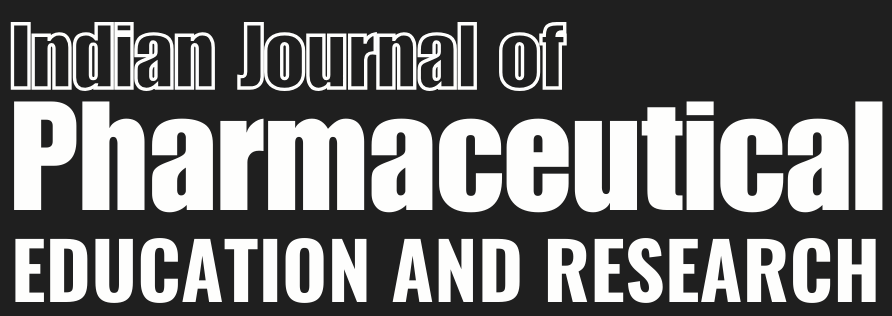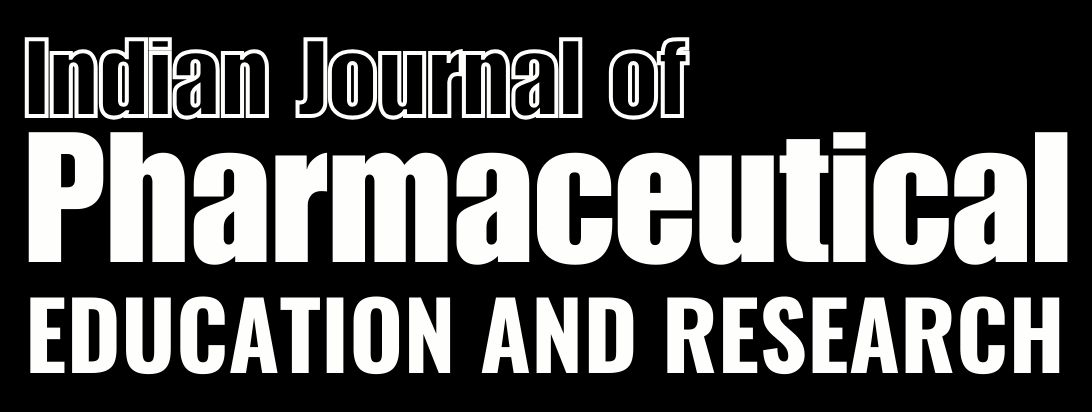Published: 09 May 2025
Review Article
Published: 09 May 2025
Review Article
Yongjie Liu,
Wenyue Mo,
Huaqiang Ye,
Meihua Bao,
Zhen Long,
Ruirui Kou,
Peiyao Qiao,
Ruilong Meng,
Ruizhu Chen,
Rui He,
Le Du and
Xinzheng Gao
Indian Journal of Pharmaceutical Education and Research, 59 (3), 865-874.
DOI: 10.5530/ijper.20256138
Published: 09 May 2025
Original Article
Published: 09 May 2025
Original Article
Published: 09 May 2025
Original Article
Published: 09 May 2025
Original Article
Published: 09 May 2025
research-article
Published: 09 May 2025
Original Article
Published: 09 May 2025
Original Article
Published: 09 May 2025
Original Article
Published: 09 May 2025
Original Article
Published: 09 May 2025
Original Article
Published: 09 May 2025
Original Article
Gopal Prasad Agrawal,
Adil Abalkhail,
Osama Abdulaziz,
Lina Eltaib,
Muhammad Irfan Siddique,
Abdullah Rzgallah Alzahrani,
Abida A,
Mohd Imran,
Sherif Mohammed Shoeib,
Faez Falah Alshehri,
Zafer Saad Al Shehri,
Ahmed Farag Elkirdasy and
Benson Mathai Kochikuzhyil
Indian Journal of Pharmaceutical Education and Research, 59 (3), 982-994.
DOI: 10.5530/ijper.20251041
Published: 09 May 2025
Original Article
Published: 09 May 2025
Original Article
Published: 09 May 2025
Original Article
Published: 09 May 2025
Original Article
Published: 09 May 2025
Original Article
Published: 09 May 2025
Original Article
Published: 09 May 2025
Original Article
Published: 09 May 2025
Original Article
Published: 09 May 2025
Original Article
Published: 09 May 2025
Original Article
Published: 09 May 2025
Original Article
Published: 09 May 2025
Original Article
Published: 09 May 2025
Original Article
Published: 09 May 2025
Original Article
Published: 09 May 2025
Original Article
Published: 09 May 2025
Original Article
Published: 09 May 2025
Original Article
Published: 09 May 2025
Original Article
Published: 09 May 2025
Original Article
Published: 09 May 2025
Original Article
Published: 09 May 2025
Original Article
Published: 09 May 2025
Original Article
Published: 09 May 2025
Original Article
Published: 09 May 2025
Original Article
Published: 09 May 2025
Original Article
Published: 09 May 2025
Original Article
Norah Saeed Al-Zahrani,
Ayyub Ali Patel,
Basiouny El-Gamal,
Mohamed Abd Ellatif,
Khalid Ali Nasif,
Mohamed Babiker Abd Elrouf,
Heitham Mutwakil Mohammed,
Safaa Omer,
Marwa Saeed,
Muniera Mohieldeen,
Hagar Mohamed Mohamed and
Mohammad Rehan Ajmal
Indian Journal of Pharmaceutical Education and Research, 59 (3), 1221-1230.
DOI: 10.5530/ijper.20251022
Published: 09 May 2025
Original Article



